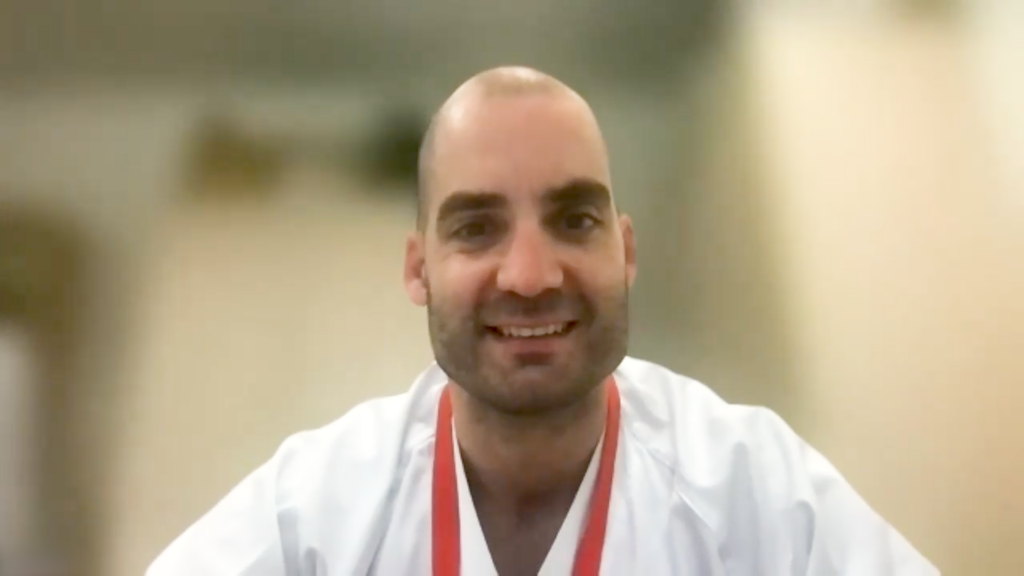The OptiVALL study aimed to assess the atrioventricular synchronous pacing capabilities of the Micra AV device, and to describe what programming changes are needed. In this touchCARDIO interview, we speak with Dr Sem Briongos Figuero (Hospital Infanta Leonor, Madrid, Spain) to discuss the purpose, design and findings of the OptiVALL study, as well as the implications of these findings.
The abstract entitled ‘Optimizing atrial sensing parameters in leadless pacemakers: main findings of the OptiVALL study’ was presented at the European Heart Rhythm Association congress, 16–18, April 2023.
Questions:
- Can you give us an overview of the MICRA AV device and its mechanism of action? (0:21)
- What are the aims, design, and eligibility criteria of the OptiVALL study? (1:07)
- What was the primary efficacy endpoint and how well was it achieved? (2:38)
- What is the potential clinical significance of these findings? (4:17)
Disclosures: Sem Briongos Figuero has nothing to disclose in relation to this video interview.
Support: Interview and filming supported by Touch Medical Media. Interview conducted by Danielle Crosby.
Filmed as a highlight of EHRA 2023
Access more content on devices here
Transcript:
My name is Sem Briongos Figuero. I’m a cardiologist at the Infanta Leonor Hospital in Madrid. I’m dedicated to cardiac pacing and arrhythmia management in my hospital.
Q. Can you give us an overview of the MICRA AV device and its mechanism of action?
The Micra AV device has a revolutionary algorithm that can detect the actual tracking, the actual functioning by the accelerometer of the device, the accelerometer of the device can detect the cardiac cycle, the sounds of the cardiac cycle. And when this algorithm detects the actual kick which corresponds to the active feeling, what is called by the device the AV channel, it delivers a ventricular pacing to coordinate to make this or to perform this AV synchrony.
Q. What are the aims, design, and eligibility criteria of the OptiVALL study?
Well, in this study, this is a single centre study of consecutive patients implanted with a Micra device in, you know, our hospital, consecutive patients implanted with a Micra AV device in our hospital.
We tried to include all of them, but we analyzed only the patients who remain at VDD mode functioning at follow-up because we needed to reprogramme some of the patients due to mainly development of atrial fibrillation.
Our study was composed of 26 patients who remained at VDD mode at 3 months follow-up. We implanted 32 Micra AV, but only 26 of these patients remain at VDD mode and composed the final study cohort.
We perform a close follow-up to these patients. We perform 24-hour check-up and then 1 month, 3 months, 6 months, and 12 months after the implantation.
And when we consider according to the device counter that the AV synchrony is stable, more or less at the 3 months follow-up, we try to place the patient’s 24 hours Holter device to properly assess the AV synchrony during the 24 hours of daily activities.
Q. What was the primary efficacy endpoint and how well was it achieved?
The primary endpoint of our study is an AV synchrony of at least 85% of cardiac cycles assessed with this 24 hours Holter ECG during the normal daily activities of the patients.
20 out of 26 patients achieved this primary endpoint of an AV synchrony of at least 85% of total cardiac cycles through this 24 hours Holter recording.
We also tried to describe what reprogramming changes were necessary to achieve this AV synchrony as we observed that reprogramming of the device after the automatic setup saw that the device performed after the implant was not adequate to deliver proper AV synchrony. We reprogrammed the device in 100%, in all of our 26 patients, and that’s the main goal of our study, not only to describe the AV synchrony that the device can provide during the normal daily activities, but also the reprogramming changes necessary to achieve this AV synchrony.
In our study, we describe that a simple four step approach to perform this reprogramming is also necessary to achieve this AV synchrony of at least 85% of cardiac cycles.
Q. What is the potential clinical significance of these findings?
So we believe that reprogramming, first of all, reprogramming of the Micra device is necessary. A simple four step approach is enough in most of the patients to achieve this AV synchrony and finally, we can provide a good percentage of AV synchrony to most of the patients with a Micra device.
Subtitles and transcript are autogenerated












